How Pokemon Graphics Have Evolved from Gen 1 to Gen 8
Table of Contents
Pokemon has radically changed throughout the years while keeping the core of its premise, but the visual changes/improvements are the most drastic.
You Are Reading :How Pokemon Graphics Have Evolved from Gen 1 to Gen 8
Category : Pokemon
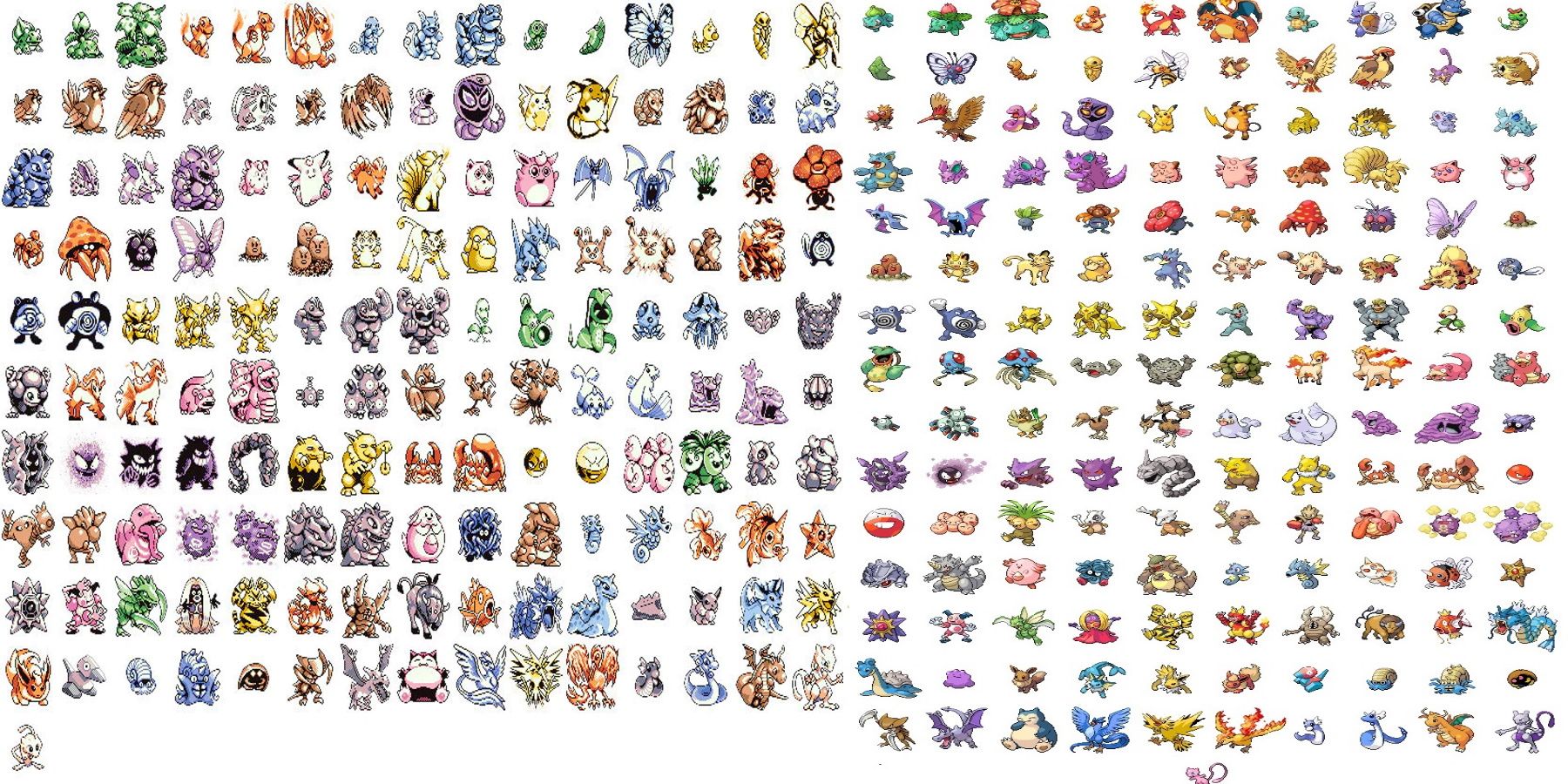
Video games tend to age poorly compared to other mediums. Not only are games much younger than literature, music, and television, but technology has evolved so quickly over the past 40 years that gaming’s attempts to catch up were just as fast. Out of all the franchises gaming has spawned, Pokemon has probably seen the most impressive evolution. The series is barely older than 25 years, and each generation is both mechanically and visually distinct from each other, as the graphics in Pokemon remakes demonstrate.
Being a prominent part of the libraries of every Nintendo handheld, Pokemon games have experienced an appropriate graphical evolution as time has progressed. The series’ visuals have been notorious for both positive and negative reasons: Each generation found a reason to please players in some way, but a fair amount of them were also the subject of controversy
Pokemon Generation 1
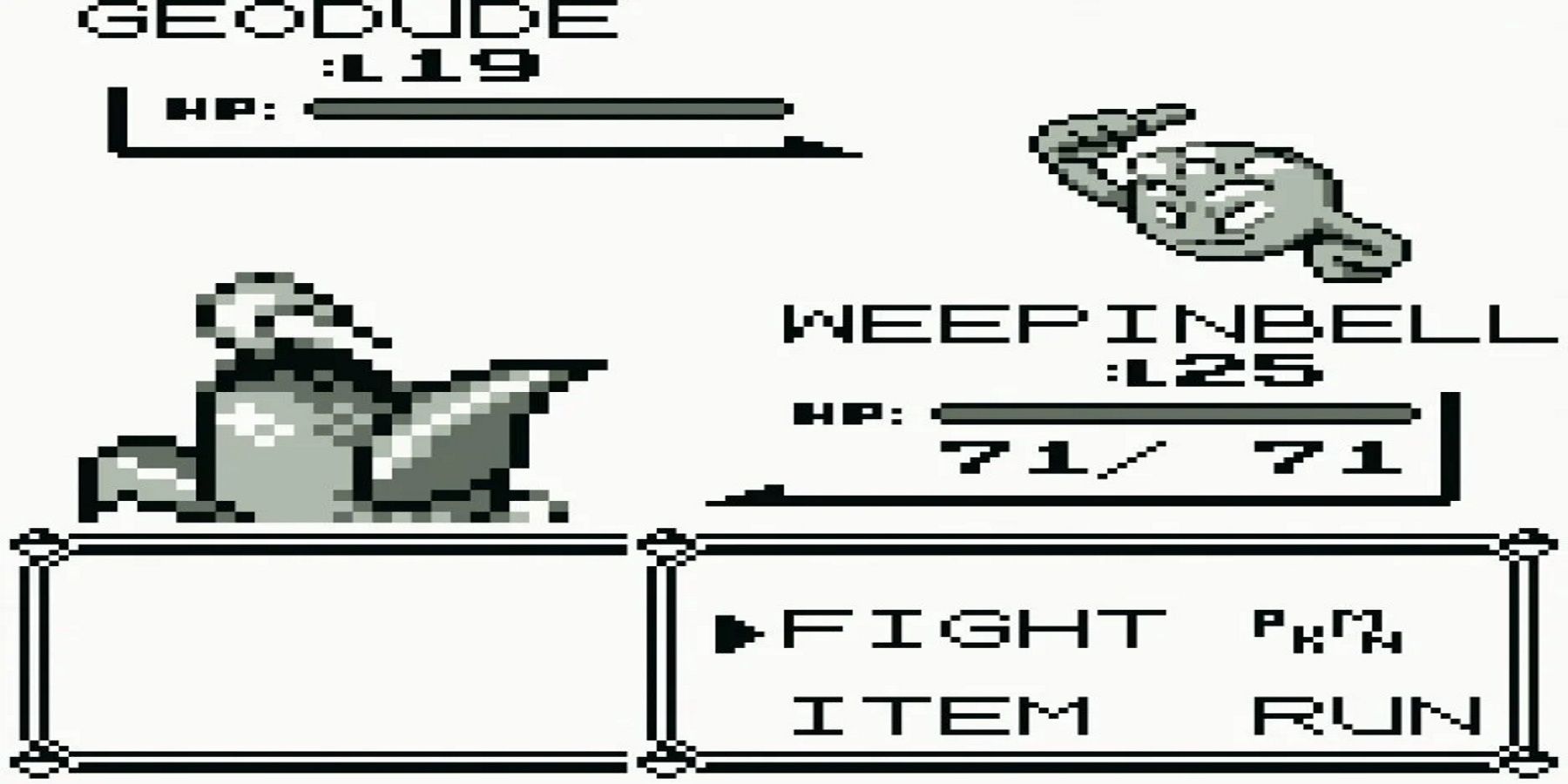
Pokemon Red, Blue, and Yellow were special for a variety of reasons. All three managed to be the best-selling games on a system whose lifespan was about to end. These games combined singlehandedly started one of the biggest cultural phenomena of the last 30 years, as well what was probably the biggest fad in a decade of fads and innovative entertainment. Red, Blue, and Yellow are also the subjects of various Pokemon-related theories and fan discussions to this day, making the first generation a rather fascinating one to dissect.
Despite being an impressive debut for what would become the most profitable media franchise of all time, the first generation is outdated. Even at the time, there were glaring issues such as glitches and archaic battling mechanics. The most glaringly dated part of Red, Blue, and Yellow are the Pokemon sprites, especially because the Pokemon anime and merchandise already revealed what the titular monsters were supposed to look like.
The rest of the graphics manage to convey the games’ intentions rather well. Even the humans look fine to this day. However, the Pokemon are a far cry from their current designs, and have weird features. Charmander’s sprites, Golbat’s goofy facial expression, and Koffing’s skull emblem being above its face rather than below it, are just a few examples of the first generation’s visual quirks.
Pokemon Generation 2
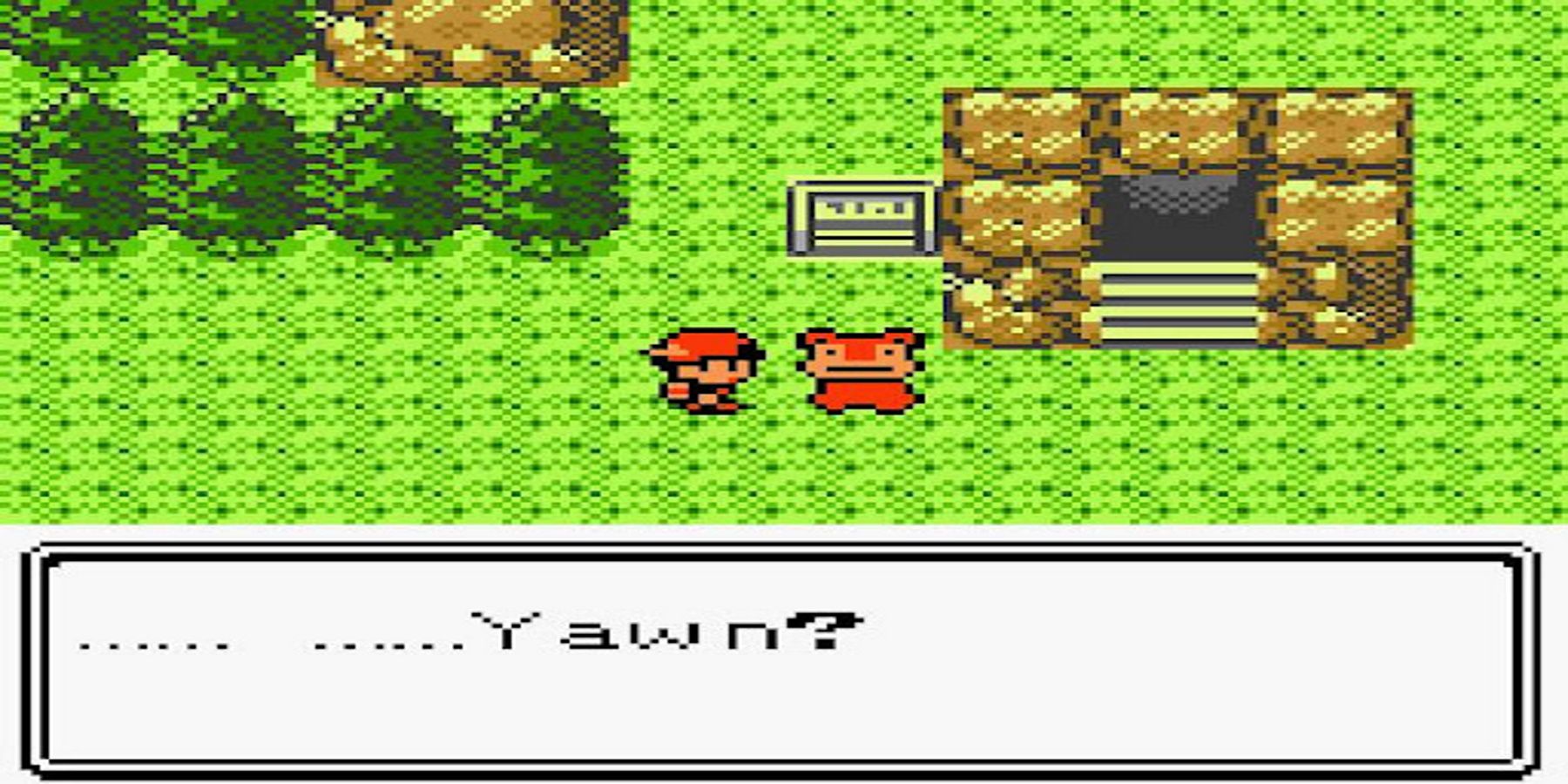
Being Game Boy games, the first generation did not prioritize color palettes. Pokemon were color-coded based on their primary types. Grass types were green, Fire types were orange, and so on. Gold, Silver, and Crystal focused on the Game Boy Color, with Crystal being exclusive to the system, and it shows. The second generation’s contributions to Pokemon are things fans tend to take for granted. Gendered monsters, breeding, the Dark and Steel types, being able to hold items are only a few Gen 2 innovations. However, the visuals are seldom brought up. Gold, Silver, and Crystal essentially revamped what Red, Blue, and Yellow introduced and polished everything.
Environments and buildings have distinct palettes that allow locations to stand out. Trainers and Pokemon actually resembled their official art, and had the appropriate color schemes. Crystal went further than Gold and Silver and introduced animated sprites to Pokemon battles. Additionally, Gen 2 added quality of life improvements to the user interface. An experience bar can now be seen, and the famous Pokeball symbol that informs players if they already caught a Pokemon was also introduced in this generation.
Pokemon Generation 3
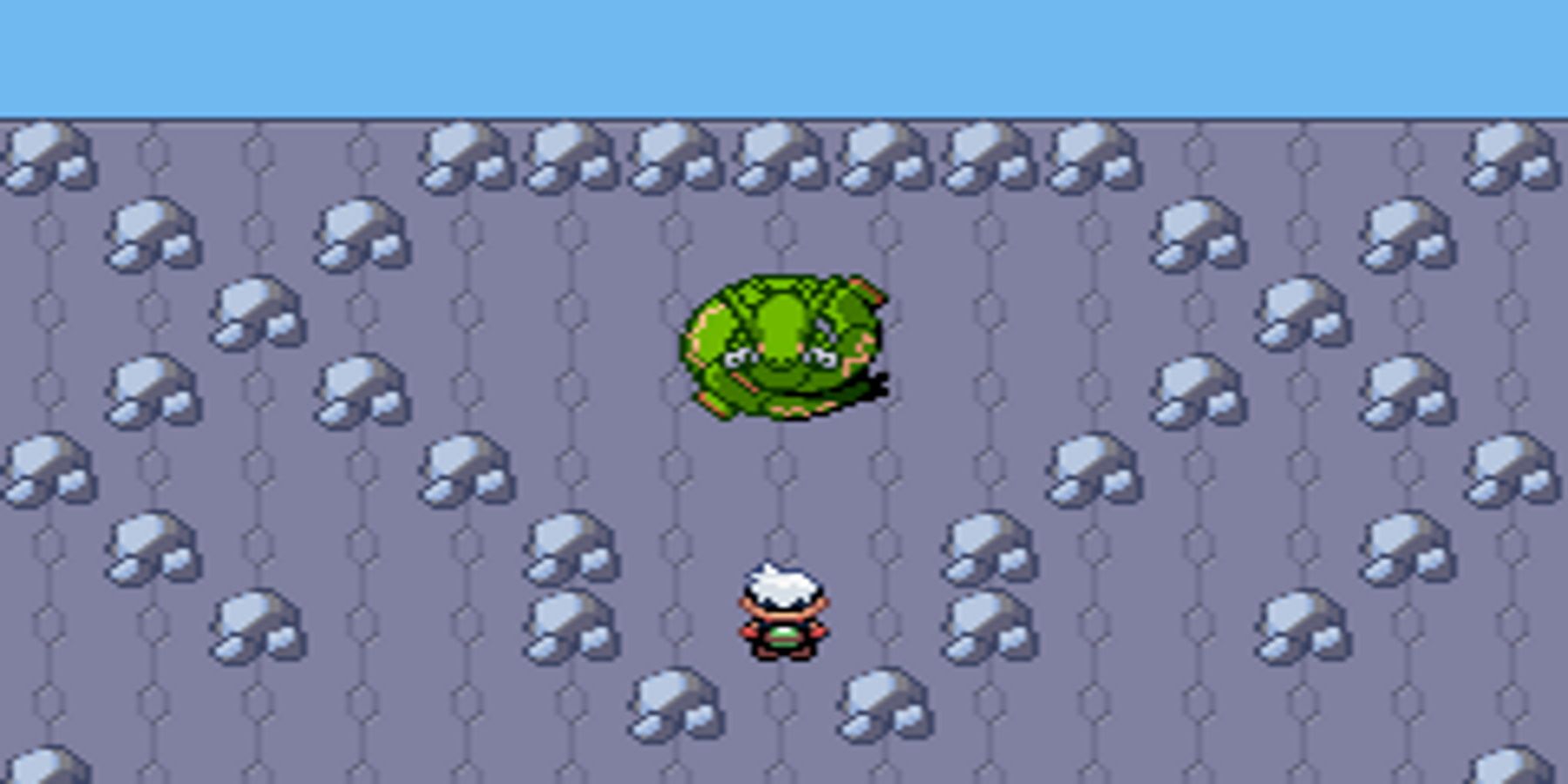
The Hoenn games were the first Pokemon titles to be made in the 21st century. As a result, the third generation is arguably the first of its kind. While the graphics definitely pin them as Game Boy Advance games, Ruby, Sapphire, and Emerald are the first Pokemon games with graphics that can still be considered impressive to this day, especially as the games approach their 20th anniversary. The games continued the second generation’s tradition of having faithful animated sprites.
The characters, Pokemon and humans alike, look more detailed and even closer to their appearances on official art and supplementary media. Likewise for the environments; Trees, water, and dirt are closer to a Super Nintendo game in terms of aesthetics. Fitting for its weather-themed “mascot legendaries,” Gen 3 also introduced weather effects in the overworld and more diverse locations, such as underwater exploration, making for a more immersive experience.
Pokemon Generation 4
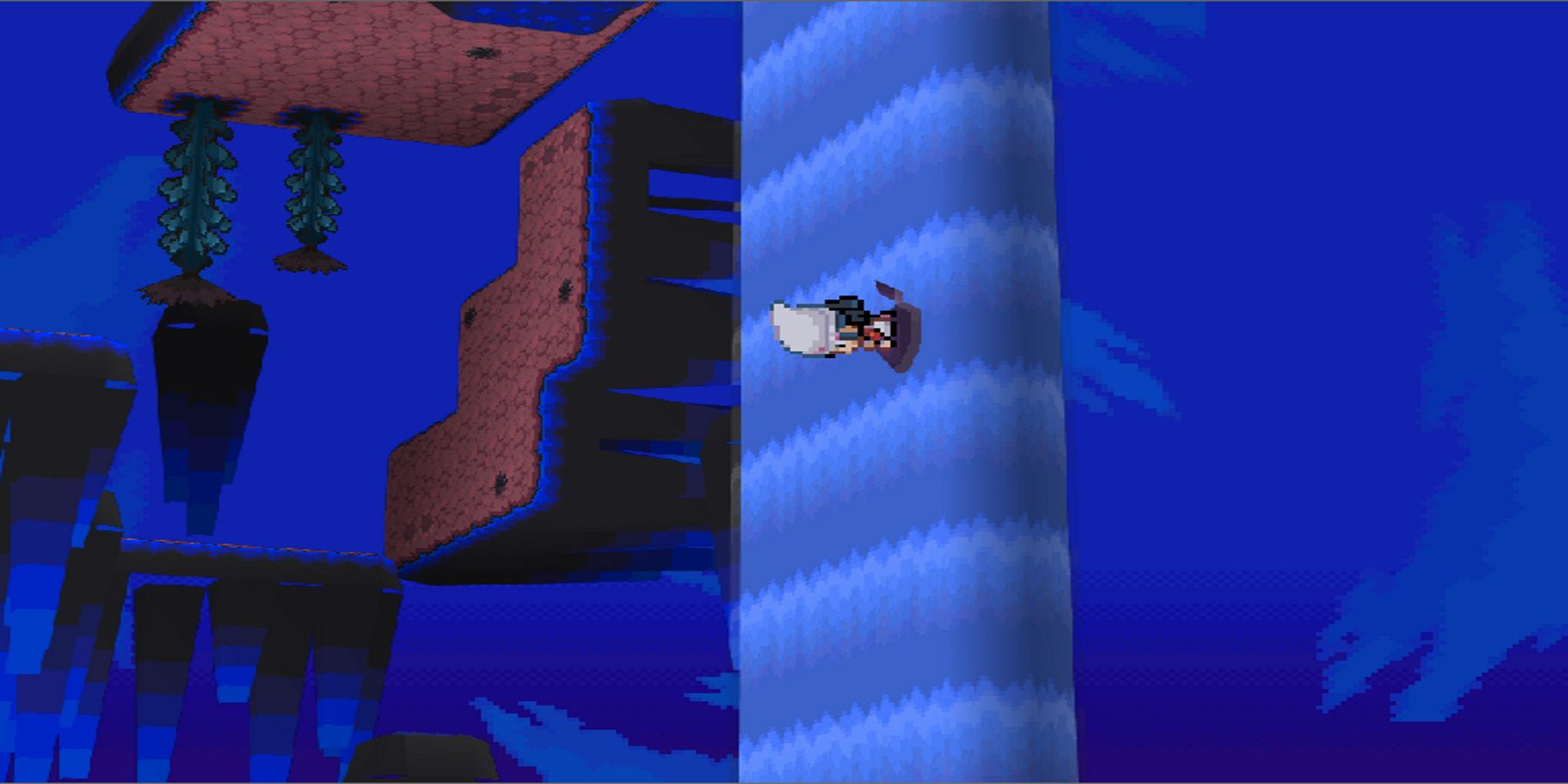
The transition from Gen 3 to Gen 4 was not a radical one, especially when compared to how drastic Pokemon’s visual evolution was in the first three generations. Diamond, Pearl, and Platinum are still sprite-based, distinguishing them from Brilliant Diamond and Shining Pearl, but dedicate themselves to using more 3D landscapes.
A notable example is the waterfall in Platinum’s Distortion World, which also takes advantage of the DS’ capabilities and experiments with unique camera angles. After its absence in Gen 3, Gen 4 also brought back day and night cycles from Gen 2, allowing players to experience the Pokemon world in the most modern way possible at the time, all while feeling like entire days are actually going by as the adventure continues.
Pokemon Generation 5
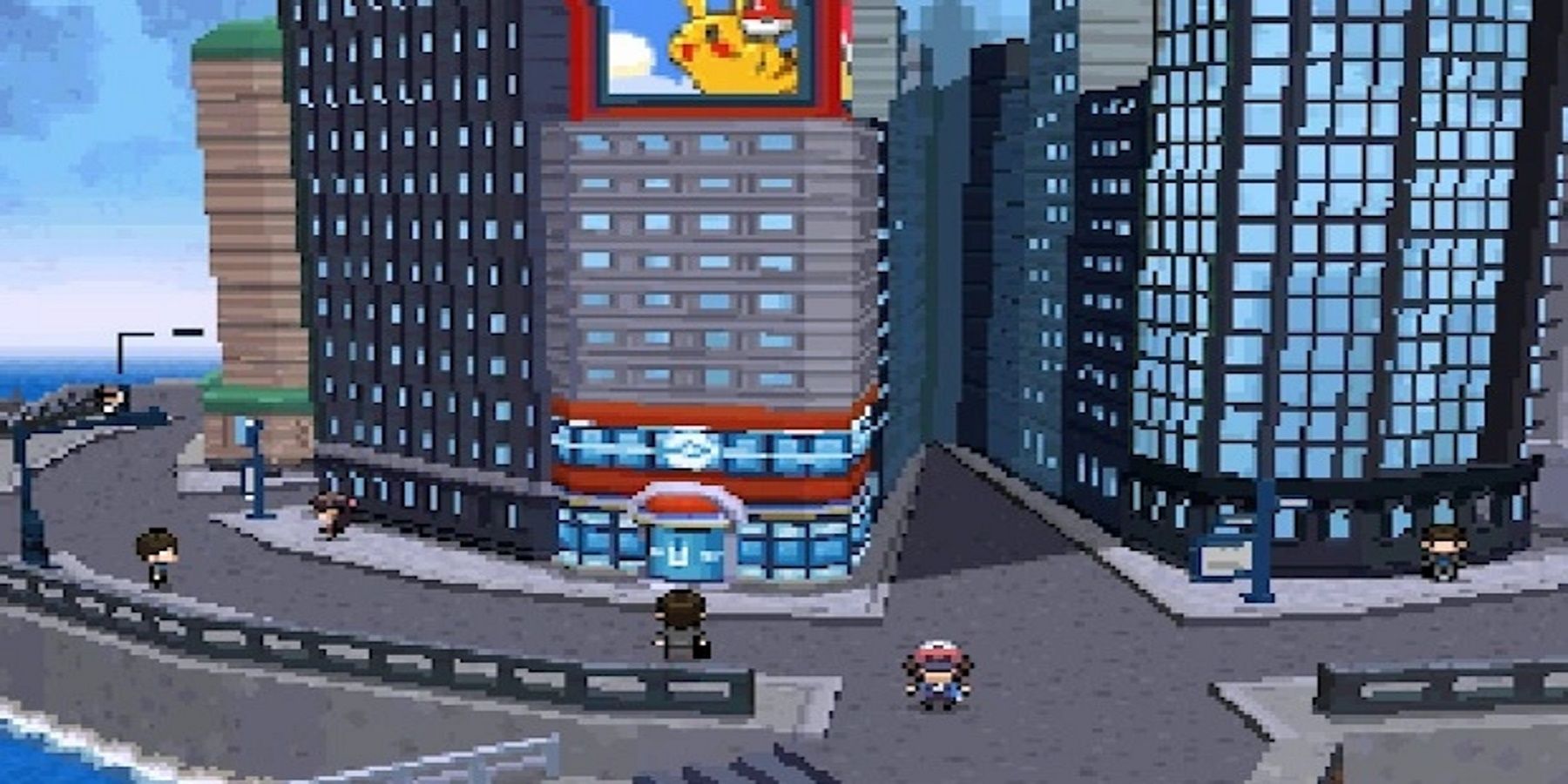
Black and White and their sequels are already the target of requests for remakes, which is rather perplexing. Gen 5 is arguably Pokemon’s mechanical and visual peak. These games are overall very aesthetically similar to Gen 4. Several sprites for the Pokemon were recycled from Platinum as well as HeartGold and SoulSilver.
However, Gen 5 is the first generation to use non-stop animations in battles, making the games’ main selling point livelier and more expressive. The engine is much quicker, allowing players to experience Gen 4 modernity with Gen 3’s speed. Combined with more diverse locations that use various angles, Gen 5 used everything Pokemon has learned in the past games to deliver an impressive hurrah for the sprite era.
Pokemon Generation 6
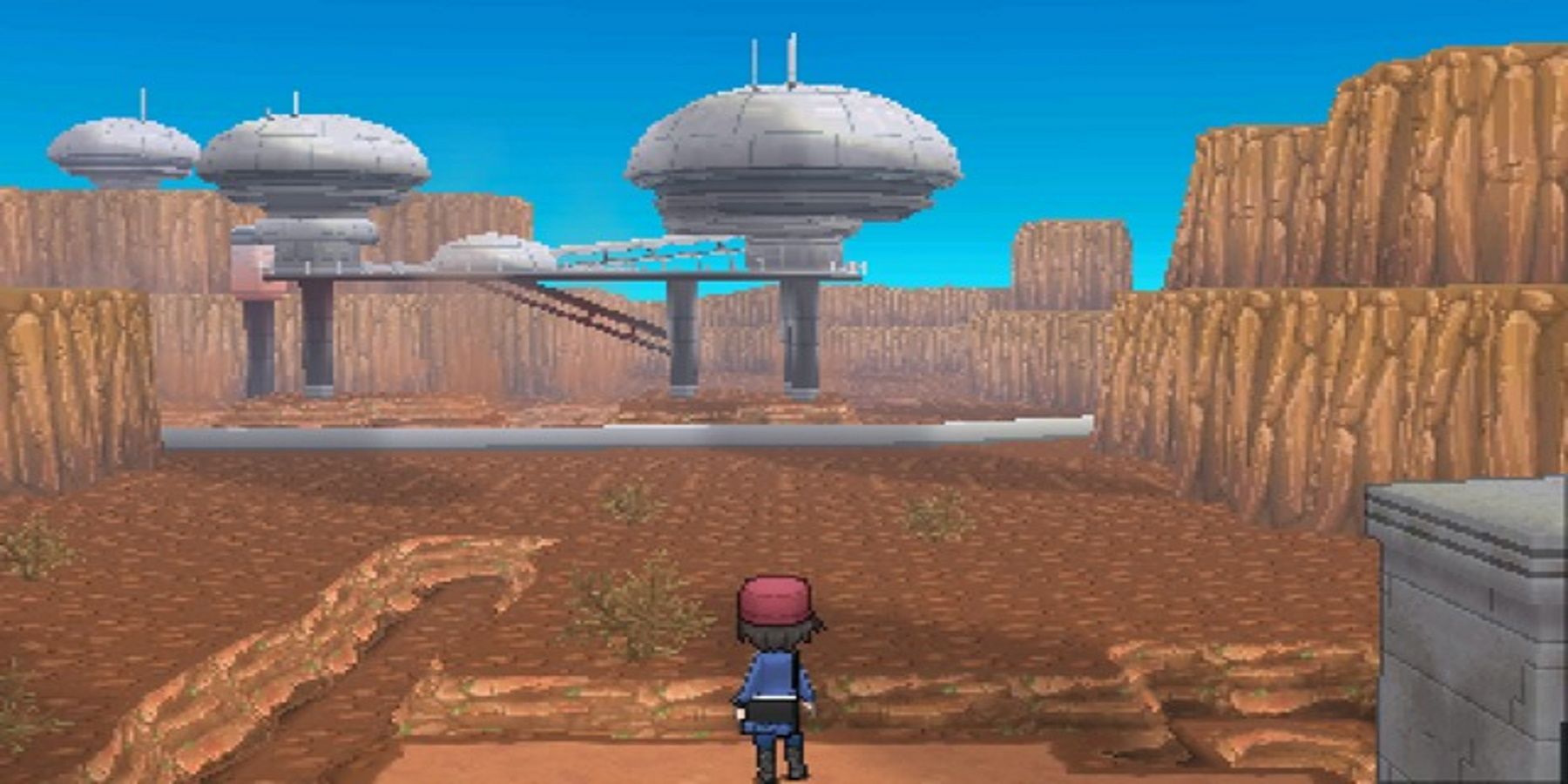
Pokemon X and Y were a turning point in the series, and not only because the fabled Pokemon Z or a sequel never came to be. The first games in the series to be made for the 3DS ended up being the first mainline games to ditch the sprites in order to use 3D models and environments. This already makes the games stand out, since the closest thing fans got to a 3D mainline Pokemon game was the Shadow Pokemon duology: Colosseum and XD: Gale of Darkness.
Characters look more like their official art as ever, but certain aspects like their facial features look compressed. Game Freak made over 600 models for the Pokemon, old and new. Unfortunately, due to the 3DS’ limitations, the models’ animation is limited, especially when compared to their counterpart in the Stadium games, and the colors are notably less saturated.
Pokemon Generation 7
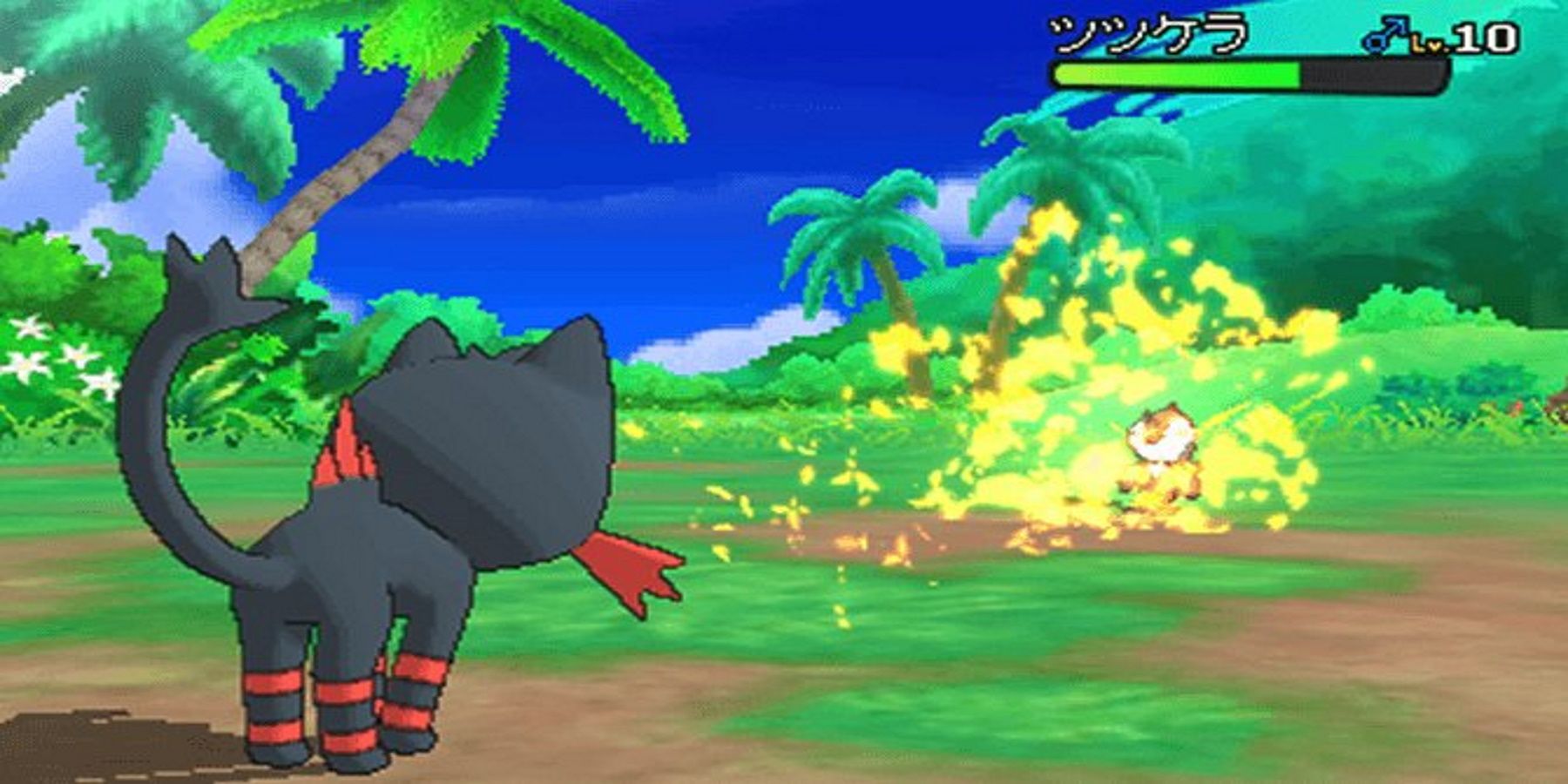
In a way, Sun and Moon are a lot like Black and White. Both generations share a system with their predecessor; the existence of Ultra Sun and Ultra Moon shows that both sets of games got sequels, and most importantly, both are “finales” that take an established engine and polish it as much as possible. In Gen 7’s case, Sun and Moon and its sequels are the last completely handheld mainline Pokemon games. The graphics are slightly different from Pokemon X & Y’s: The main difference is the lighting, seemingly adjusted to make the environments and creatures look brighter, befitting of Alola’s tropical theme.
Pokemon Generation 8

Gen 8, starting with Sword and Shield, is a testament of how far the series has come, with images of Gen 8 Pokemon in the Gen 1 style showing how much everything has changed. Gen 8 continues to use 3D, but in an inconsistent way. Sword and Shield follow the same principles as Gens 6 and 7, but due to the Switch’s more advanced technology, the models look slicker and more stylized than pixelated.
Despite these advancements, the animations are just as basic and stiff as in the previous 3D mainline Pokemon games. Pokemon Brilliant Diamond and Shining Pearl change this by going for a more chibi-look in the overworld, making the games the first remakes to deviate from their generation’s main aesthetics. Gen 8 displays an identity crisis of sorts. Pokemon allegedly settled with Gen 6’s blueprints for the 3D games, but the Gen 4 remakes show that the series might take a different route in the future.
Pokemon Brilliant Diamond and Shining Pearl release on November 19, 2021 for the Nintendo Switch.
See more : PokemonWe
